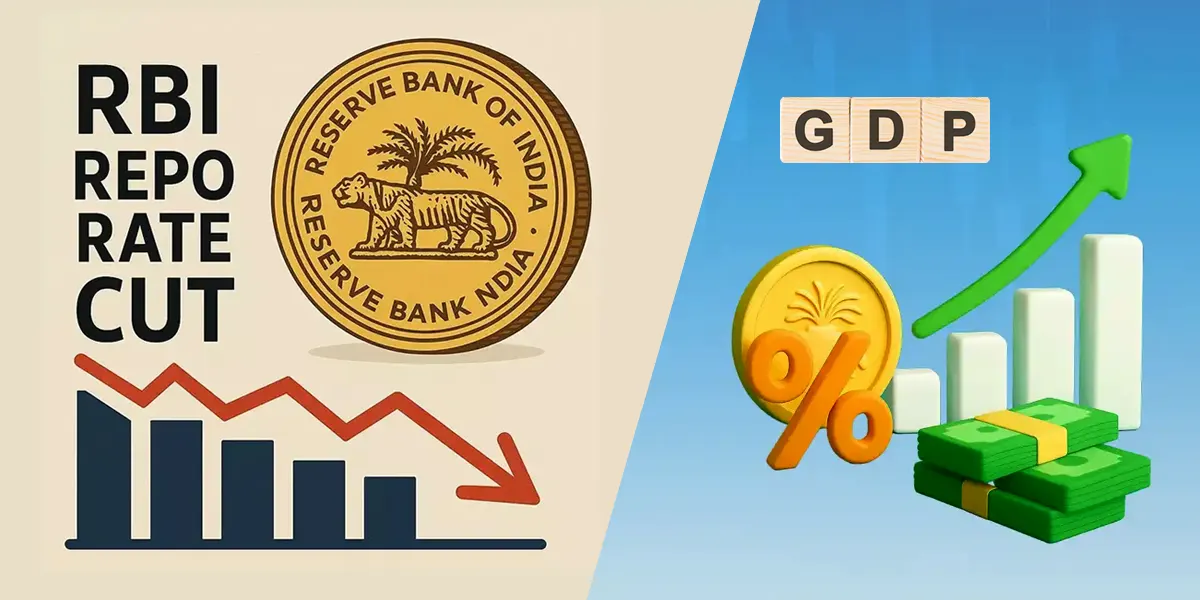RBI’s Bold Rate Cut and What It Means for India’s Financial Ecosystem

In a decisive move aimed at energizing the Indian economy, the Reserve Bank of India (RBI) announced a substantial 50 basis points cut in the repo rate, bringing it down to 5.50% during its post-monetary policy press conference on June 6, 2025. Alongside this, a 100 basis points reduction in the Cash Reserve Ratio (CRR) was also declared, easing it to 3%. These back-to-back policy shifts signal the RBI’s intent to stimulate credit flow and accelerate economic momentum amidst a global economic slowdown.
RBI Governor Shri Sanjay Malhotra emphasized that India has now transitioned from an “accommodative” to a “neutral” policy stance, underscoring the belief that the worst of inflationary pressures is behind us. With retail inflation falling to a six-year low of 3.16% in April, the RBI has found much-needed room to boost liquidity and support growth. However, Governor Malhotra made it clear that while this front-loaded easing provides immediate relief, there’s limited space for further rate cuts in the near term.
This decision comes at a time when India’s GDP has shown commendable resilience, recording a growth of 7.4% in the first quarter of 2025. While the full-year growth forecast is pegged at 6.5%, the central bank aims to push this number further toward the aspirational 7–8% range. The cut in the repo rate and CRR is expected to reduce borrowing costs, spur consumption, and improve business sentiment.
The RBI also called upon commercial banks to ensure effective transmission of the rate cuts to end consumers. As of May, credit growth had dipped to 9.8%, prompting concerns about sluggish lending despite ample liquidity. The phased implementation of CRR reduction, starting in September and extending through December, will further ease banking constraints and ensure smoother credit availability.
Importantly, Governor Malhotra reiterated the RBI’s cautious stance on cryptocurrencies. While the Supreme Court’s ruling continues to guide interim policies, the central bank awaits a formal government panel report before making any forward-looking regulatory decisions in this domain. For fintech firms and NBFCs, this means operating within a framework that still favors prudence and regulatory clarity.
At Vexil Infotech, we believe this policy update will create new opportunities for innovation in financial services. Lower interest rates often encourage digital transformation, and NBFCs, microfinance institutions, and fintech companies should seize this window to strengthen their technology infrastructure and customer delivery models. With borrowing becoming more accessible, financial institutions must gear up to meet demand with smarter, faster, and more secure digital solutions.
The RBI’s June policy decision marks a pivotal moment for India's financial landscape. While the tools for growth have been handed over to the banking system and business community, the onus now lies on all of us, especially those in the financial technology ecosystem, to ensure that the benefits reach every corner of the economy.
Participants from the Reserve Bank of India:
- Shri Sanjay Malhotra – Governor, Reserve Bank of India.
- Shri M. Rajeshwar Rao – Deputy Governor, Reserve Bank of India
- Shri T. Rabi Sankar – Deputy Governor, Reserve Bank of India
- Shri Swaminathan J. – Deputy Governor, Reserve Bank of India
- Dr. Poonam Gupta – Deputy Governor, Reserve Bank of India
- Dr. Rajiv Ranjan – Executive Director, Reserve Bank of India
- Dr. A. R. Joshi – Executive Director, Reserve Bank of India
Moderator
Shri Puneet Pancholy – Chief General Manager, Reserve Bank of India.
For more updates and expert insights on financial technologies, stay connected with Vexil Infotech – your trusted technology partner for NBFCs and financial institutions.